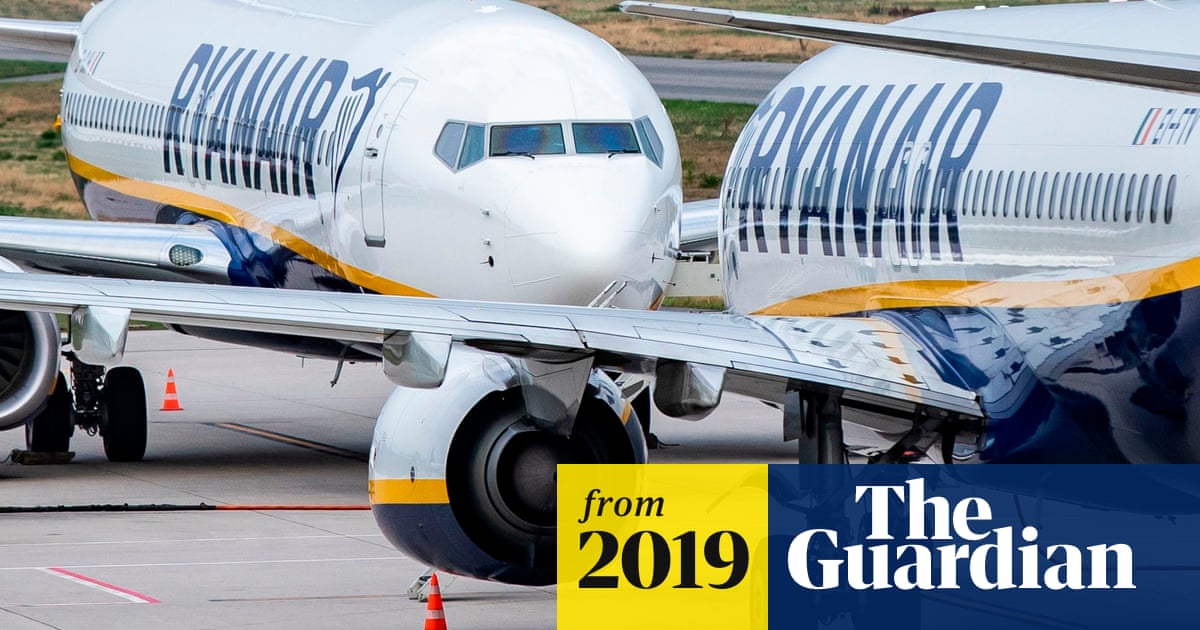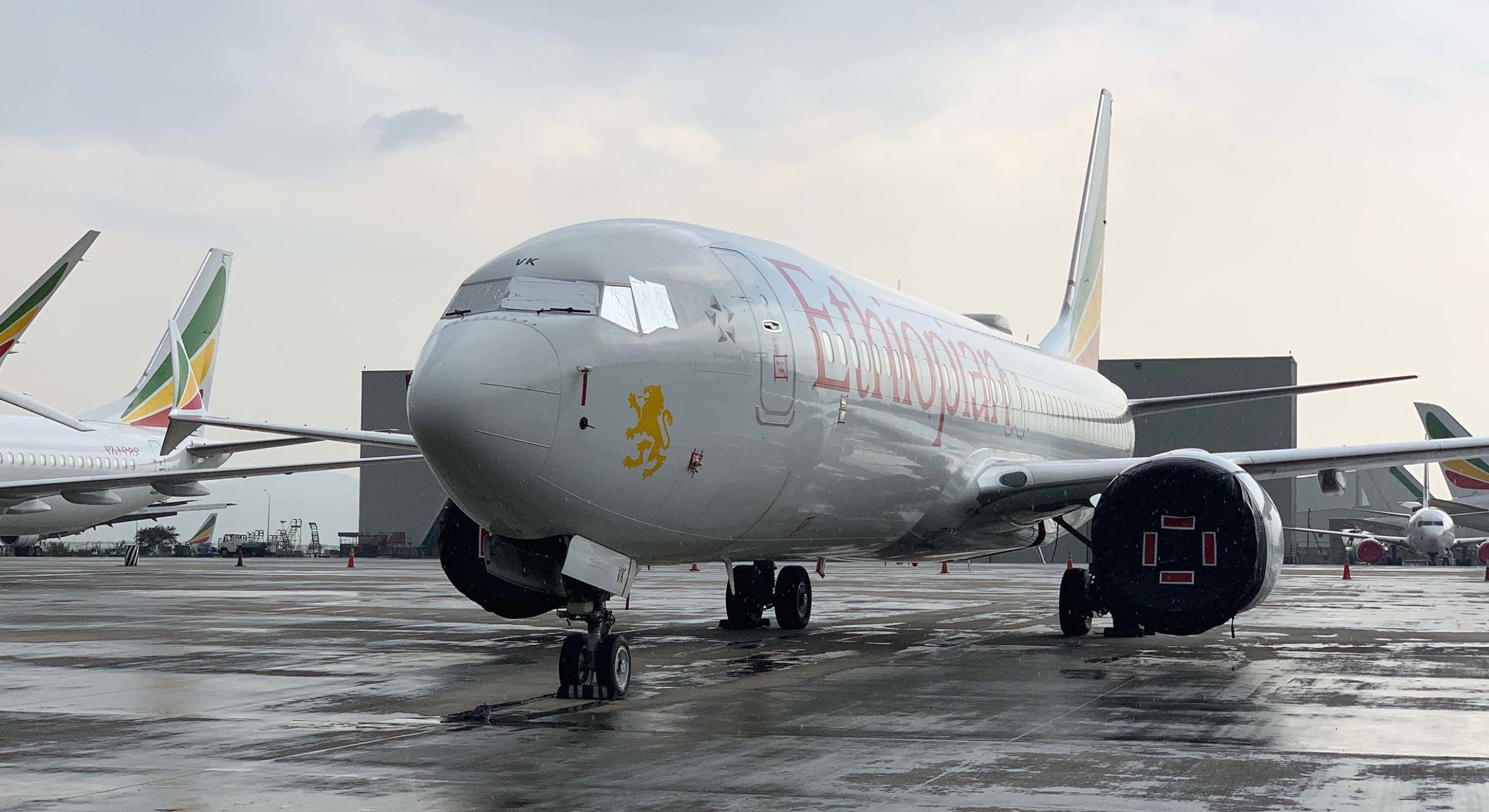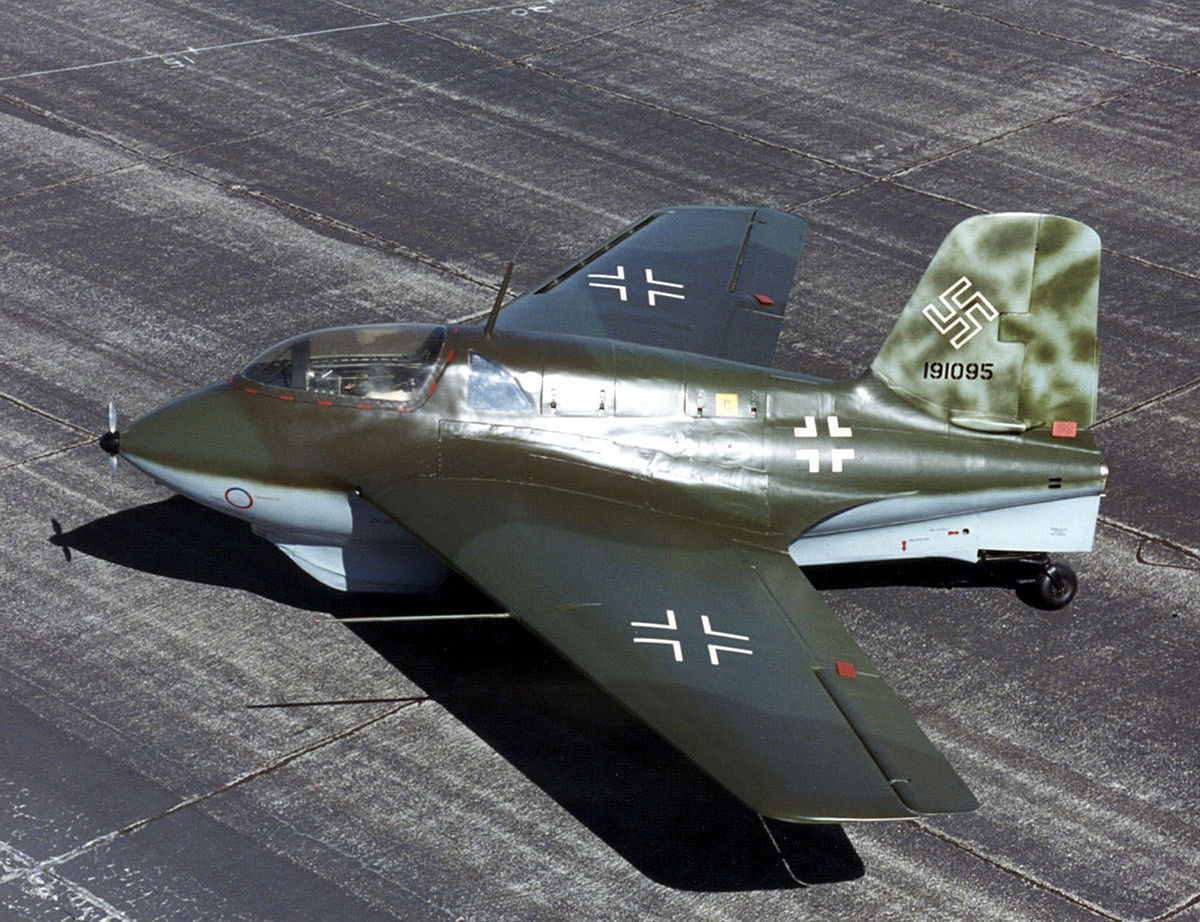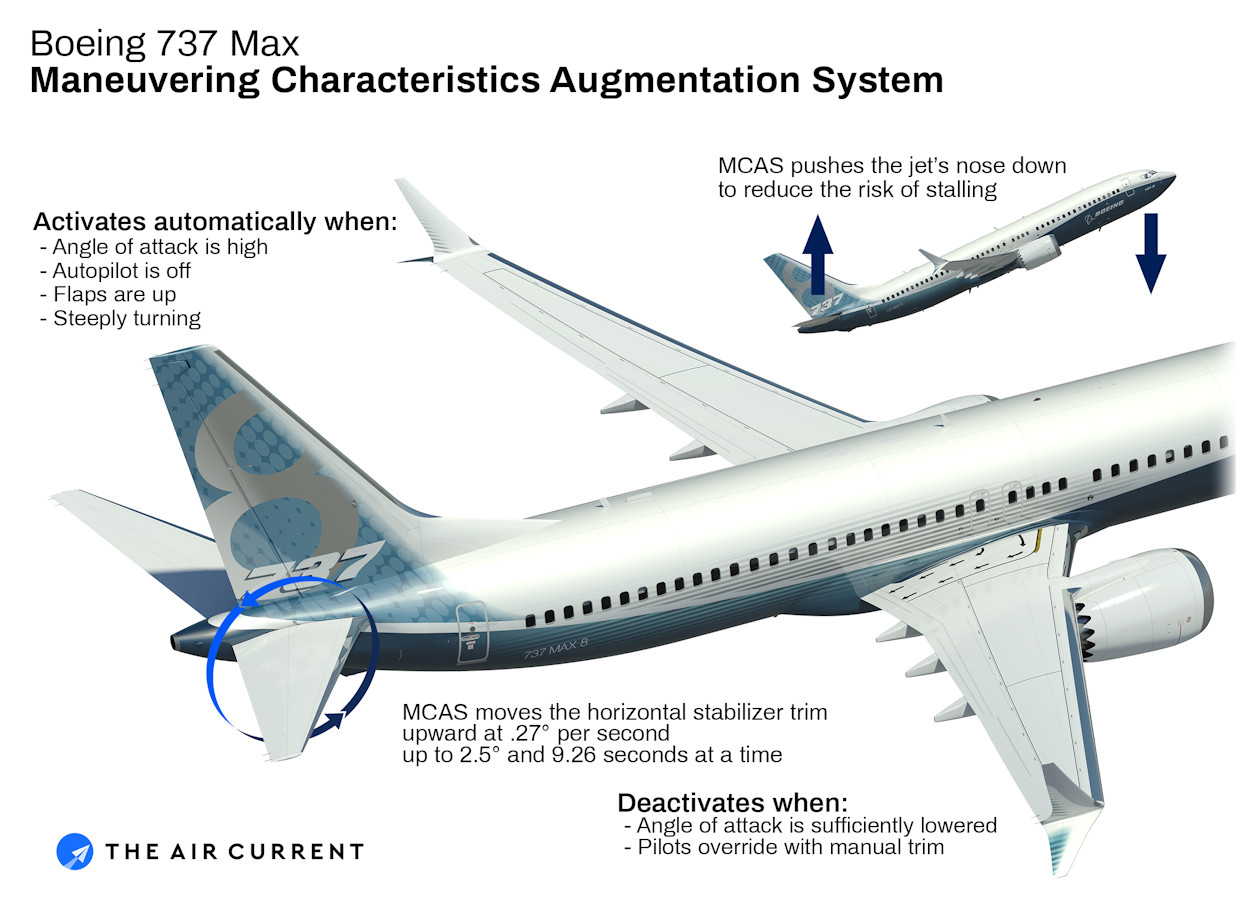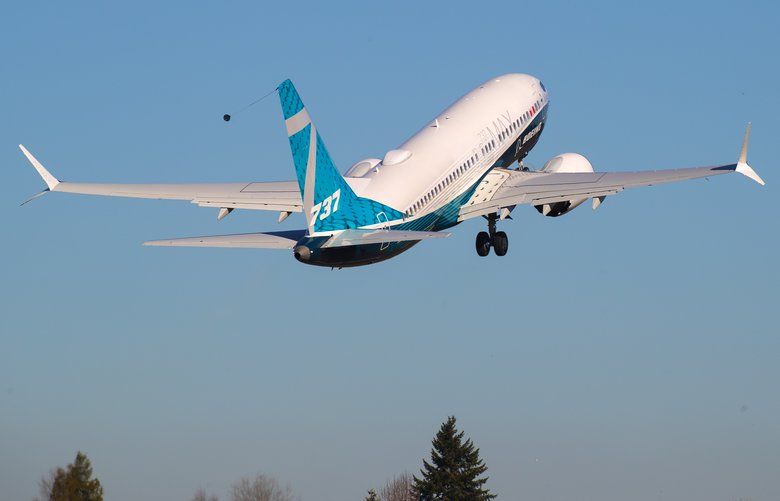- Joined
- 25 June 2014
- Messages
- 1,564
- Reaction score
- 1,499
A follow-on problem must be that even if the faulty IRS is shut down, accumulated positional and attitude/directional errors will then need to be corrected.
That's a fairly normal part of having a multiply redundant system. Normally you'd use a rolling* average of all the values, so as soon as you switch one system out the average should start to converge on the value from the still operating system(s).
*i.e averaged over a set period so a single spurious value doesn't cause a sharp deviation.
Except, a ring laser gyro gives you the current delta from its baseline. Positional error depends on the accumulated sum of past deltas in direction, weighted according to ground speed and wind direction at the time. For example if you discover and fix a dodgy compass then you can now set an accurate heading, but you still have no idea of where you had got to up to that point or where that puts you in relation to your destination. Same goes for altitude error. To correct for those, either all past data points from the good IRS must have been stored, or current data from conventional GPS, compass, altimeter, turn-and-bank, etc. must be substituted. If both are available, pilots should be given the choice which to use - and the QR guide should pick up on that. This one presumably didn't.
Last edited:


